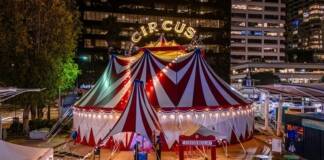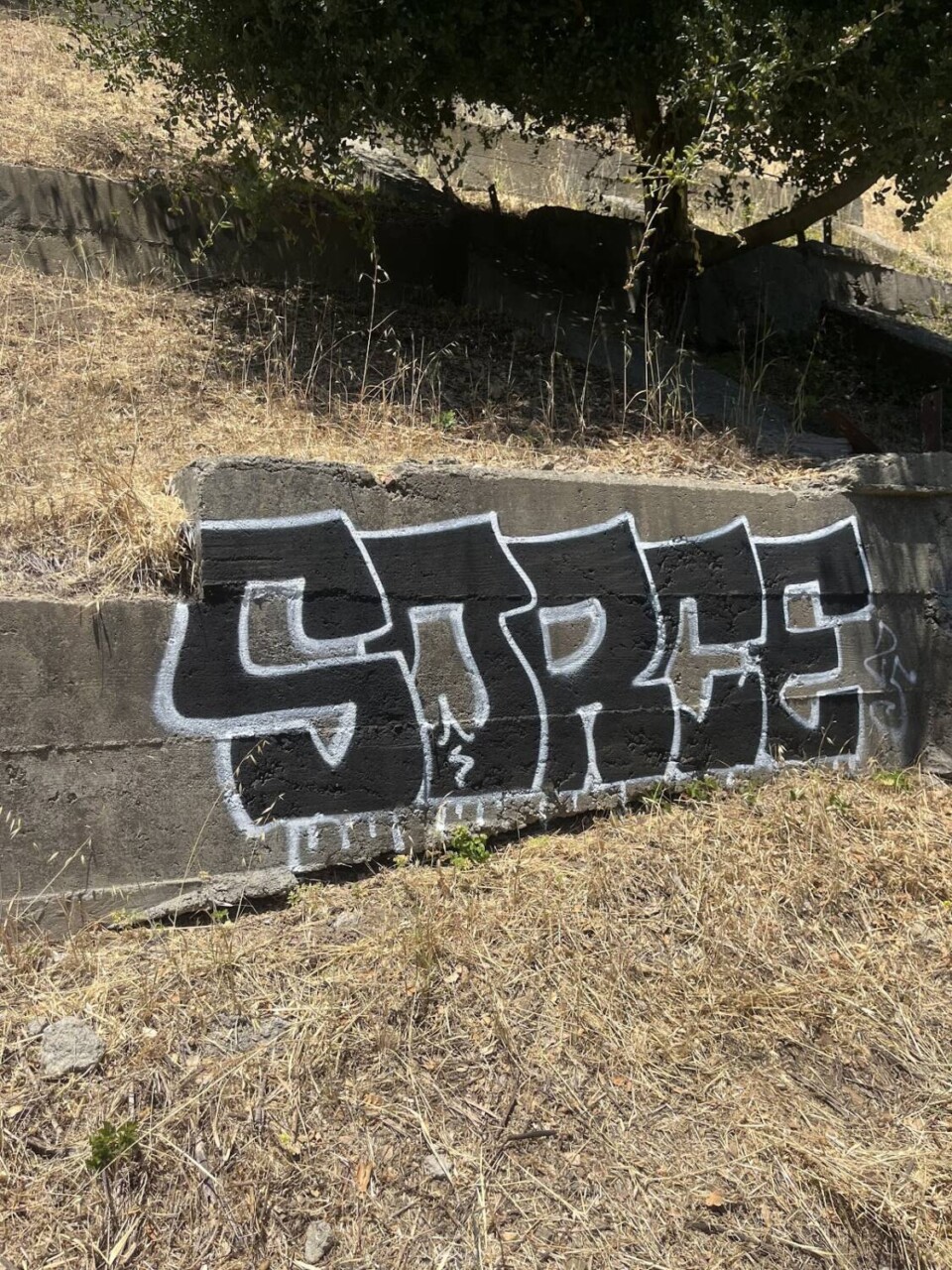
by Javier Zarnowiecki
Sorce is an Oakland-based graffiti artist who does creative art pieces and inner city tagging in an attempt to reclaim public space and project artistic freedom.
As a student at Howard University, I was always comforted by the elegant and vibrant street art or graffiti represented throughout Washington, D.C. Only upon returning to the Bay Area, I realized that this comfort reminded me of home, and the immersive graffiti experience within the Bay Area.
I never truly had an opinion on graffiti until last summer when a close friend of mine from high school began to display his artwork to me and other friends. I, of course, always knew about the anti-war artwork that exploded in the ’60s and ’70s; resistance was a key component of graffiti, contributing to the artwork’s meaning. But through my friend, graffiti artist Sorce, I started to understand that graffiti is a true form of artful self-expression. These artists commit their lives to the art they create.
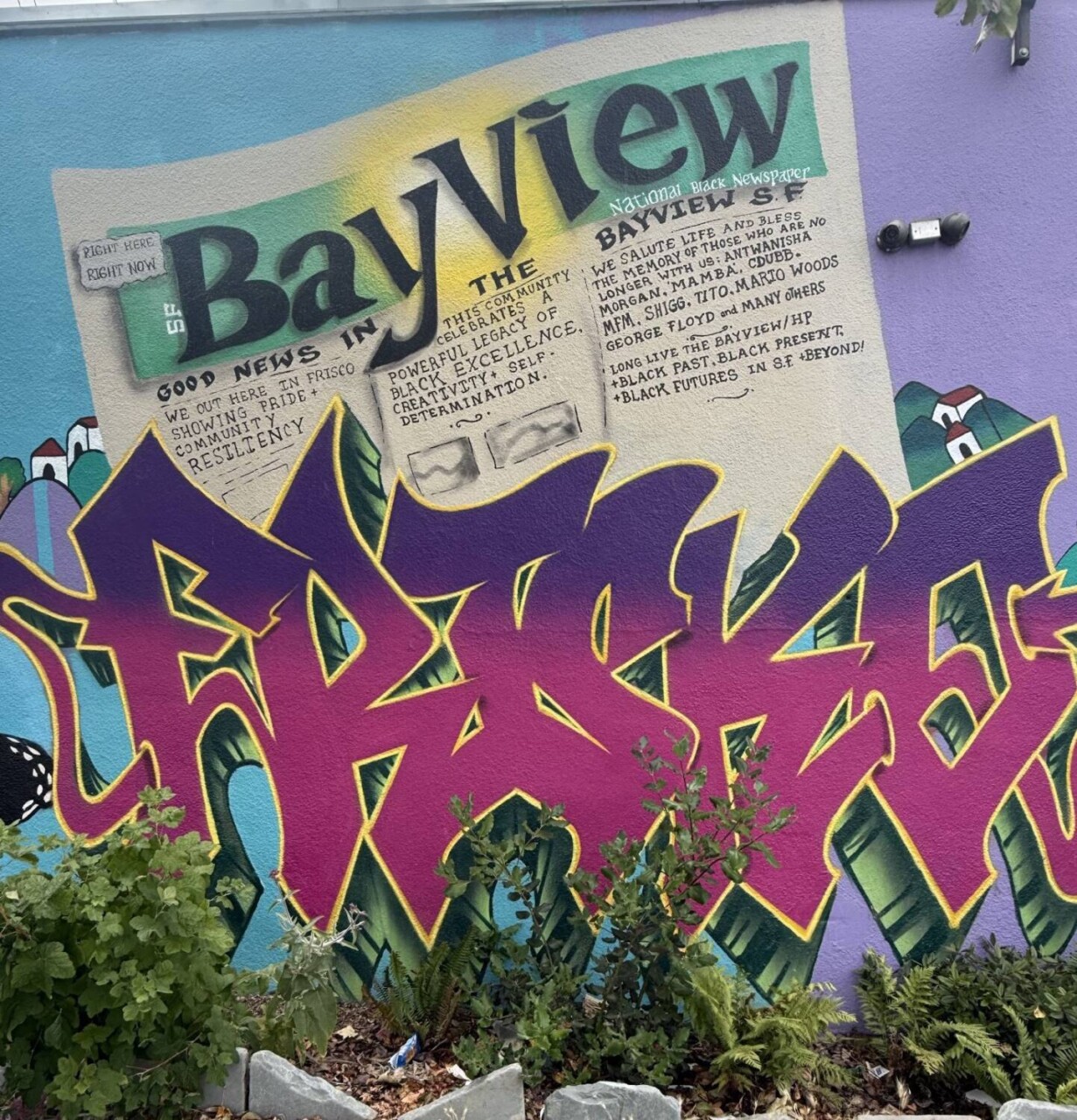
History of graffiti
From conversations with Sorce, I gained a new perspective on the graffiti community, like their respectful treatment towards each other and collaborative efforts. For example, Sorce has shared his Instagram page by displaying not just his artwork, but many other artists he has met and collaborated with across the Bay Area. This collaboration is a window into the eclectic history of graffiti.
Graffiti origins started with ancient civilizations in which painting was the very first form of artistic expression. As stated in an article from Ninety Degrees Art: “Graffiti has provided so much insight for archaeologists into ancient life that archaeologists have their own word for it, ‘graffito,’ meaning an ancient drawing or writing scratched on a wall or other surface (usually without permission and within public view).”
In modern times, graffiti saw a surge in engagement in 1970s New York as a voice for marginalized youth. Similarly, rap music emerged from the same socio-political roots — born in the Bronx during the 1970s as a powerful form of expression for Black and Latino communities. Both graffiti and rap evolved as intertwined pillars of hip-hop culture, offering platforms for resistance, pride and visibility. Spreading worldwide, blending rebellion with artistic innovation.
In an activist hot spot like the Bay Area, graffiti became a canvas for social justice, identity and storytelling. This is especially seen during the civil rights and counterculture movements, and in our very own Bayview.
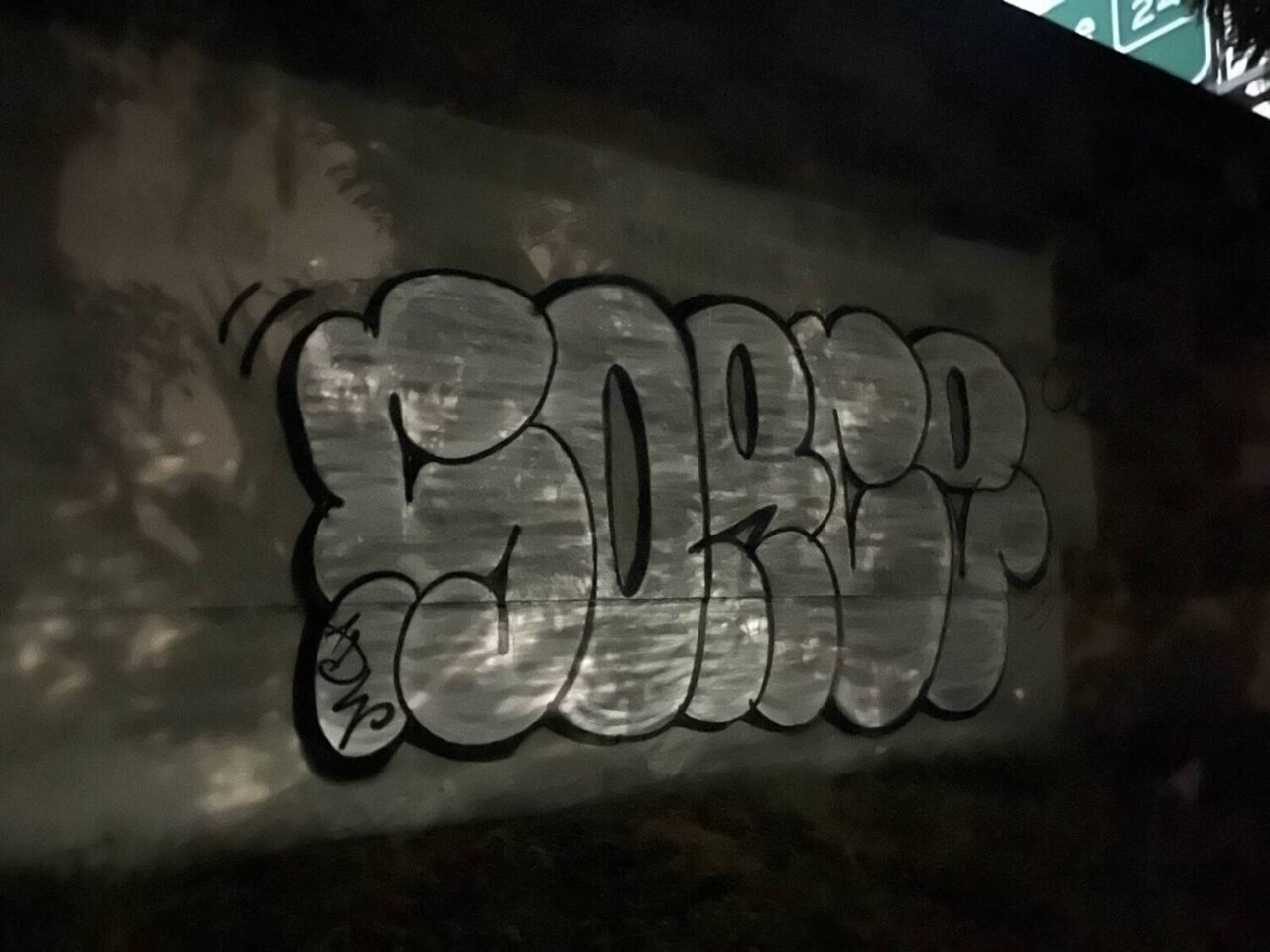
Finding community within graffiti
One of the questions I asked Sorce during our interview was who some of his favorite local artists were. He shared that Savie and Pemex were local Bay Area artists he admired. He said: “Growing up in Oakland, I saw them up a lot — I loved their styles and how they transitioned into making a career out of their art while still staying active in the streets. When I was younger, seeing them hit billboards made me want to get into graffiti, so I started in my sketchbook. I was terrible at first and went through a bunch of different names, but as I kept appreciating and studying good graffiti, I started to get the hang of it. A clean tag or piece isn’t about forcing the line straight — it’s about trusting the flow.”
Sorce continued to reflect: “People somehow ‘own’ little plots of land and put ads in our faces that I never signed up to see … A lot of artists are just reclaiming that public space — showcasing their art, their freedom and yeah, their name.”
He went on to talk about the value of originality in graffiti, and that’s truly the reward: “In graffiti, what makes you good is having something original, and I felt like I finally had the space to create something that was mine. There are also a lot of shows out here in SF where local artists put their work on display, and you can meet a bunch of writers, new and old. What I appreciate is that most writers actually want to help you get better. That’s the best way to learn.”
Creating spaces where people can express themselves is an integral part of the graffiti scene, and hearing Sorce speak with such admiration was a breath of fresh air. Too often, graffiti is dismissed as criminal or careless when in reality, it’s one of the most honest and visible reflections of community, identity, and struggle. In cities like San Francisco and Oakland, where gentrification continues to erase cultural memory, graffiti stands as a visual archive that resists, remembers, and reclaims space.
For people like Sorce and many others, graffiti isn’t just about tags or paint, it’s about connection. Connection to their environment, their roots and each other. The respect among artists, the push for originality, and the constant drive to improve all speak to a deeper culture of mentorship and creativity. In many ways, it mirrors the values I’ve learned to hold onto through my own experience as a student and writer.
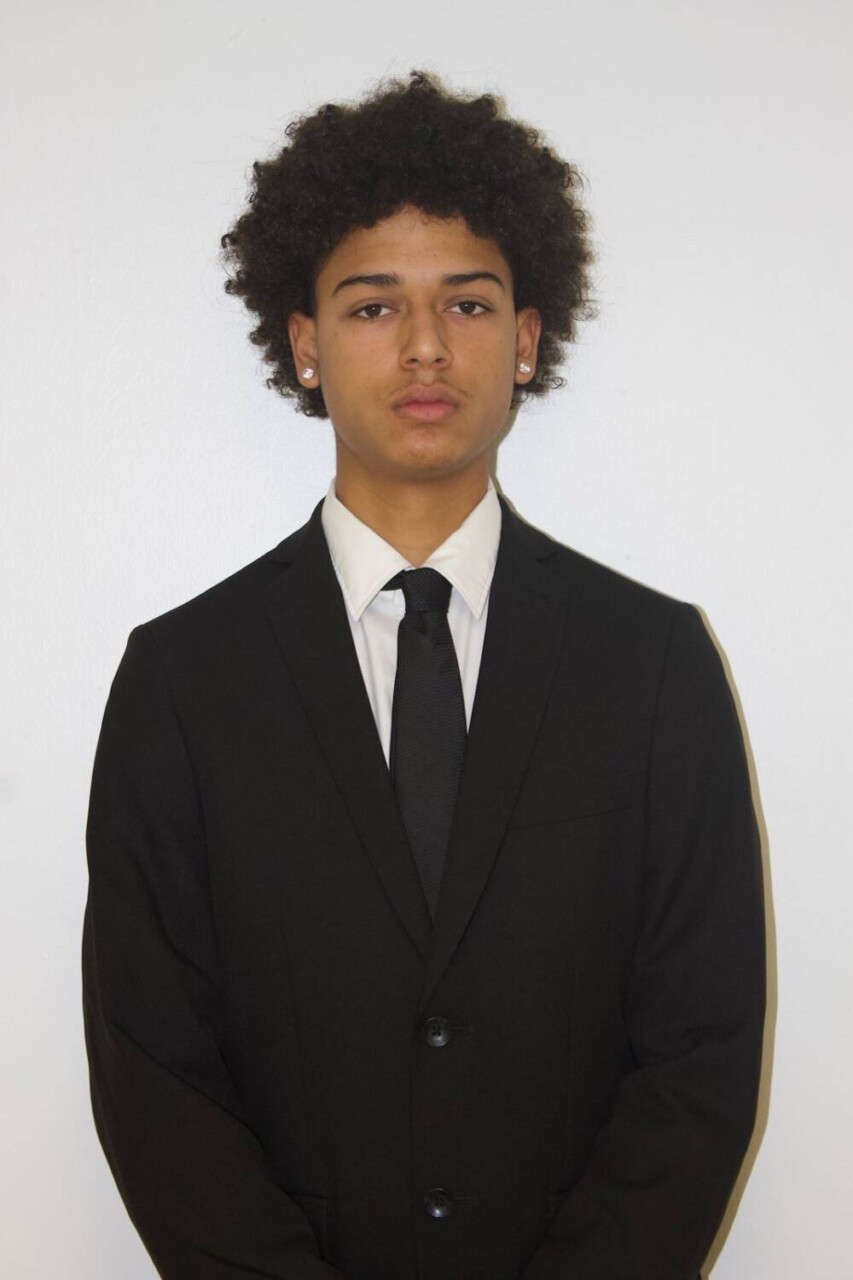
Javier Zarnowiecki is a junior sociology major at Howard University with a passion for community storytelling, racial justice and urban change. Born and raised in Oakland, California, he brings a grounded perspective to issues affecting Black and Brown communities, particularly in the areas of gentrification and nonprofit work. He is currently interning with the San Francisco Bay View newspaper. He can be reached at ZarnowieckiJavier@gmail.com.




